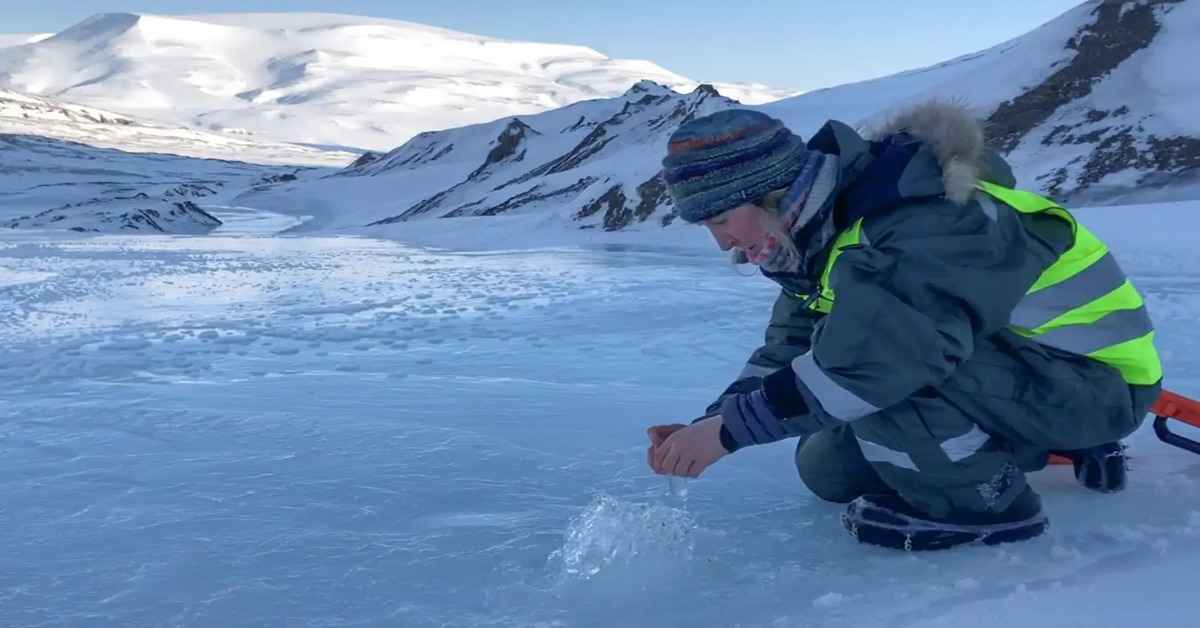Recent research has uncovered a concerning phenomenon—Arctic glaciers are leaking significant amounts of methane, a potent greenhouse gas. Scientists have identified this process, known as “glacial fracking,” which occurs as glaciers melt and release methane trapped beneath them. This discovery, made at the Vallåkrabreen glacier in Svalbard, raises alarms about its potential role in accelerating global warming.
Understanding Glacial Methane Emissions
Methane is a highly effective greenhouse gas, with a warming potential approximately 80 times stronger than carbon dioxide over a 20-year period. While methane emissions arise naturally from sources like wetlands and termites, human activities such as livestock farming, landfills, and fossil fuel extraction have significantly increased its presence in the atmosphere.
How Glacial Fracking Works
As glaciers melt, water seeps through cracks in the bedrock, carrying ancient methane deposits to the surface. Unlike methane from biological sources, this gas has been trapped in geological formations for millions of years. When released, it adds to the atmospheric methane burden, amplifying climate change effects.
Key Findings from Vallåkrabreen
Scientists analyzing meltwater from Vallåkrabreen recorded methane concentrations up to 800 times higher than normal atmospheric levels. During peak melting, concentrations reached 3,170 nanomolar—a striking indication that glacial methane emissions may be more significant than previously thought.
Climate Change Consequences
The release of methane from glaciers could trigger a dangerous feedback loop:
- Rising Arctic temperatures cause glaciers to melt.
- Melting releases methane, which further warms the atmosphere.
- Increased warming accelerates ice loss, repeating the cycle.
This phenomenon has far-reaching implications, not just for the Arctic but for global climate stability.
What’s Next for Research?
Scientists are now working to reassess methane emissions in the Arctic carbon cycle. Future studies will integrate glacial methane sources with existing research on permafrost thaw and wetland emissions. Understanding the full extent of this process is crucial for refining climate models and developing effective mitigation strategies.




